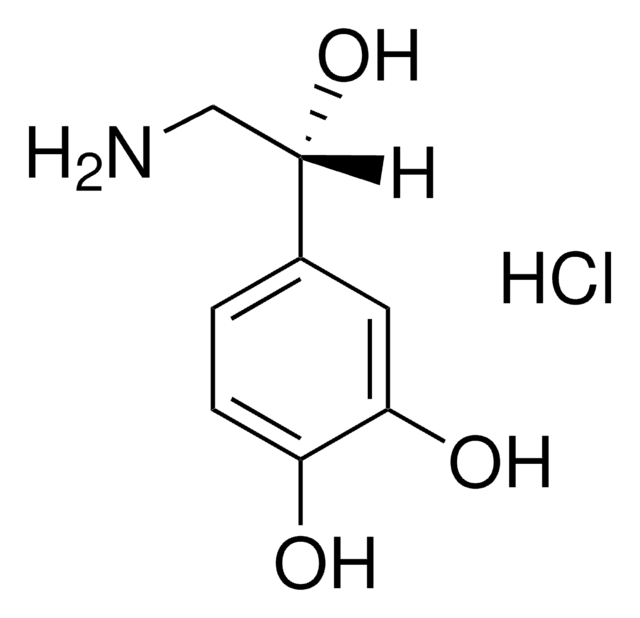If this product has an expiration or retest date, it will be shown on the Certificate of Analysis (COA, CofA). If there is no retest or expiration date listed on the product's COA, we do not have suitable stability data to determine a shelf life. For these products, the only date on the COA will be the release date; a retest, expiration, or use-by-date will not be displayed.
For all products, we recommend handling per defined conditions as printed in our product literature and website product descriptions. We recommend that products should be routinely inspected by customers to ensure they perform as expected.
For products without retest or expiration dates, our standard warranty of 1 year from the date of shipment is applicable.
For more information, please refer to the Product Dating Information document: https://www.sigmaaldrich.com/deepweb/assets/sigmaaldrich/marketing/global/documents/449/386/product-dating-information-mk.pdf
431346
Ammonium molybdate tetrahydrate
ACS reagent, 99.98% trace metals basis
Synonym(s):
Ammonium heptamolybdate tetrahydrate, Molybdic acid ammonium salt tetrahydrate
About This Item
Recommended Products
grade
ACS reagent
for inorganic trace analysis
Quality Level
Agency
suitable for SM 5210
Assay
81.0-83.0% MoO3 basis
99.98% trace metals basis
form
powder
reaction suitability
reagent type: catalyst
core: molybdenum
impurities
≤0.005% insolubles
density
2.498 g/mL at 25 °C (lit.)
anion traces
chloride (Cl-): ≤0.002%
nitrate (NO3-): passes test
phosphate (PO43-): ≤5 ppm
sulfate (SO42-): ≤0.02%
cation traces
Mg and allied cations: ≤0.01%
heavy metals: ≤0.001% (as lead)
SMILES string
N.N.N.N.N.N.O.O.O.O.O=[Mo](=O)=O.O=[Mo](=O)=O.O=[Mo](=O)=O.O=[Mo](=O)=O.O[Mo](O)(=O)=O.O[Mo](O)(=O)=O.O[Mo](O)(=O)=O
InChI
1S/7Mo.6H3N.10H2O.18O/h;;;;;;;6*1H3;10*1H2;;;;;;;;;;;;;;;;;;/q;;;;3*+2;;;;;;;;;;;;;;;;;;;;;;;;;;;;;;;;;;/p-6
InChI key
FIXLYHHVMHXSCP-UHFFFAOYSA-H
Looking for similar products? Visit Product Comparison Guide
General description
Application
- As a precursor in the generation of calcium molybdate (CaMoO4) spherulites.[3]
- Synthesis of porous carbon-supported molybdenum dioxide (MoO2).[4]
- Preparation of Iodine-iodide-molybdate solution to determine glucose level by glucose oxidase method.[5]
- Preparation of polymer bulk heterojunction solar cells.[6]
- As a precursor in the synthesis of Mo-N-codoped TiO2 (titanium dioxide).[7]
- Synthesis of MoBi2S5 (molybdenum bismuth sulphide) thin films.[8]
Features and Benefits
Storage Class Code
11 - Combustible Solids
WGK
WGK 1
Flash Point(F)
Not applicable
Flash Point(C)
Not applicable
Choose from one of the most recent versions:
Certificates of Analysis (COA)
Don't see the Right Version?
If you require a particular version, you can look up a specific certificate by the Lot or Batch number.
Already Own This Product?
Find documentation for the products that you have recently purchased in the Document Library.
Customers Also Viewed
Related Content
This page is intended to make it easier to find the consumables you need based on the analytical method you’re using. Methods included on this page come from the EPA, Standard Methods and ASTM.
This page is intended to make it easier to find the consumables you need based on the analytical method you’re using. Methods included on this page come from the EPA, Standard Methods and ASTM.
This page is intended to make it easier to find the consumables you need based on the analytical method you’re using. Methods included on this page come from the EPA, Standard Methods and ASTM.
This page is intended to make it easier to find the consumables you need based on the analytical method you’re using. Methods included on this page come from the EPA, Standard Methods and ASTM.
-
How can I determine the shelf life / expiration / retest date of this product?
1 answer-
Helpful?
-
-
How is shipping temperature determined? And how is it related to the product storage temperature?
1 answer-
Products may be shipped at a different temperature than the recommended long-term storage temperature. If the product quality is sensitive to short-term exposure to conditions other than the recommended long-term storage, it will be shipped on wet or dry-ice. If the product quality is NOT affected by short-term exposure to conditions other than the recommended long-term storage, it will be shipped at ambient temperature. As shipping routes are configured for minimum transit times, shipping at ambient temperature helps control shipping costs for our customers. For more information, please refer to the Storage and Transport Conditions document: https://www.sigmaaldrich.com/deepweb/assets/sigmaaldrich/marketing/global/documents/316/622/storage-transport-conditions-mk.pdf
Helpful?
-
Active Filters
Our team of scientists has experience in all areas of research including Life Science, Material Science, Chemical Synthesis, Chromatography, Analytical and many others.
Contact Technical Service







